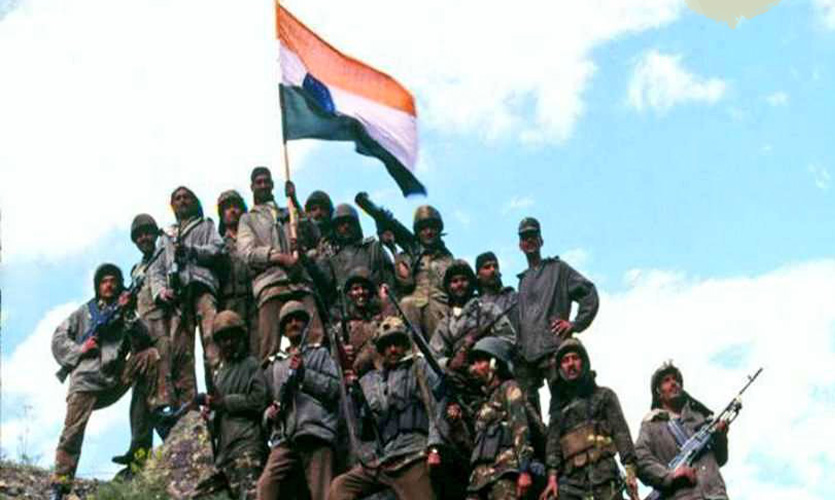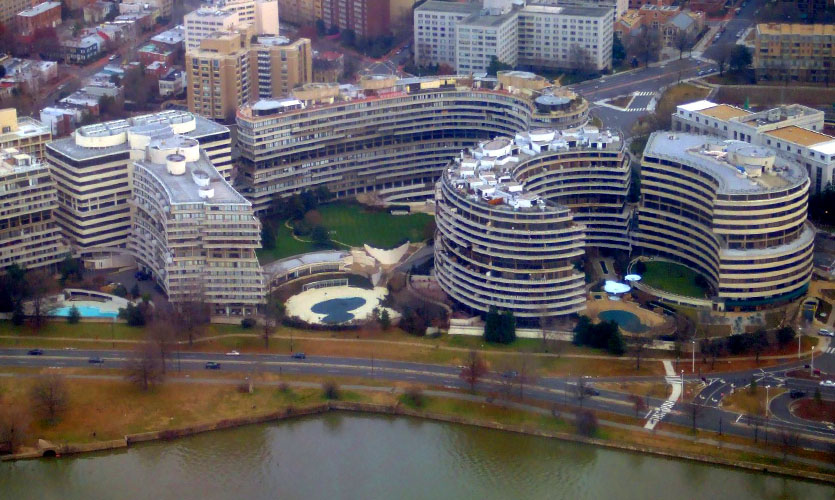India is commemorating the 23rd anniversary of the Kargil Vijay Diwas today, celebrating its triumph over Pakistan in the Kargil War, by paying tribute to the bravery and heroic sacrifices of the fallen soldiers. The Kargil War officially ended on this date in 1999, when the Indian army successfully reclaimed the mountain heights that had been taken by Pakistani intruders. It was the last time India and Pakistan engaged in full-fledged military combat, and marked the first of hostilities between the countries as nuclear-armed states.
The Pakistan Army crossed the Line of Control to enter India during the winters of 1998, seizing important Himalayan summits, which sparked the conflict. The infiltration was originally discovered in May 1999, however, at the time it was believed that the invaders were terrorists or Kashmiri militants, and not Pakistan Army personnel. On May 9, Pakistan stepped up its bombardment to aid additional invaders crossing across to the Indian side, by providing cover fire.
They settled in the Drass and Batalik sectors of Kargil in Ladakh, where they had built defences overlooking the NH 1A. India’s response was to mount a diplomatic and military offensive that drove Pakistani invaders off the taken heights, and isolated Islamabad on a global scale. From May 3 to July 26, 1999, when India successfully finished Operation Vijay, the conflict was in full swing. Drass became the scene of a high-altitude conflict as a result of the Indian Army’s stronger response.
During the 1990s, tensions had increased in Kashmir as a result of separatist activities, some of which Pakistan supported and also funded. In an effort to settle the conflict peacefully and bilaterally, India and Pakistan issued the Lahore Declaration.
It was formally signed in February 1999. However, some paramilitary units of the Pakistan Armed Forces were conducting covert training exercises in Indian territory, while other units were operating under the guise of the mujahideen. Pakistan intended to compel Indian forces to vacate the Siachen Glacier by breaking the link between Kashmir and Ladakh. In the event of their success, India would have been compelled to talk about resolving the more significant Kashmir issue.
The illegal Pakistani annexation of Kargil was planned by Pakistan Army Lieutenant General Mahmud Ahmad, Major Generals Javed Hasan and Ashraf Rashid, and General Pervez Musharraf. The Pakistani prime minister at the time, Nawaz Sharif had claimed that he was unaware of this operation.
In order to combat Pakistan’s militarised insurgency, India used conventional military force. Kargil offered a tactical puzzle piece for military strategists as well. Direct-firing artillery weapons were used for the first time. A directive was issued to the Indian Air Force not to cross the Line of Control at Kargil. Since most of the enemy troops had reached the LoC, fighter pilots had to come up with new angles of attack.
Two fighter planes and one chopper belonging to the IAF were destroyed. As a result, the Indian attack was intensified in June and July, to retake important sites that the Pakistan Army had covertly taken over. During the following weeks, as Indian forces battled bravely to retake the heights of Kargil, it became clear that it was the Pakistan Army that had crossed the LoC.
The most crucial confrontation took place on Tiger Hill, where Kargil-Drass sector’s highest peak is located. After an 11-hour gunfight, Tiger Hill was retaken by the Indian Army. The Indian Army’s most effective weapon in the high-altitude conflict turned out to be the Bofors weapons, which were obtained in a contentious agreement from Italy.
By July 26, India had retaken all of the peaks, ending the battle of Kargil. Pakistani forces were finally routed and compelled to leave the Indian soil. More than 500 Indian troops perished in the war.
Earlier today, Home Minister Amit Shah and Defence Minister Rajnath Singh, among others, joined Prime Minister Narendra Modi in paying respects to the troops who sacrificed their lives.
The prime minister tweeted, “Kargil Vijay Diwas is a symbol of pride and glory of Maa Bharati. On this occasion, my salute to all the brave sons of the country who have accomplished their valour in the defence of the motherland. Jai Hind!”
While speaking at the “Kargil Vijay Diwas” celebration, the defence minister declared that Pakistan-Occupied Kashmir (PoK) was, is, and will always be a part of India. “We are committed to the resolution passed in the Parliament on PoK. PoK was, is and shall always remain an integral part of India. How is it possible that Baba Amarnath (Lord Shiva’s form) is in India and Maa Sharda Shakti is across the Line of Control,” he said. At the Kargil War Memorial in Drass, a wreath-laying ceremony was organised in remembrance of the fallen soldiers.










